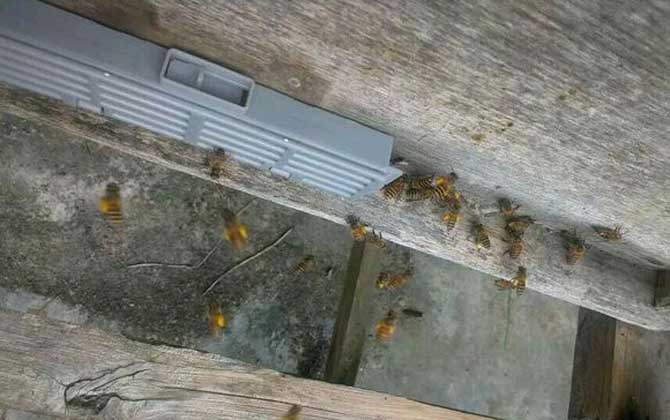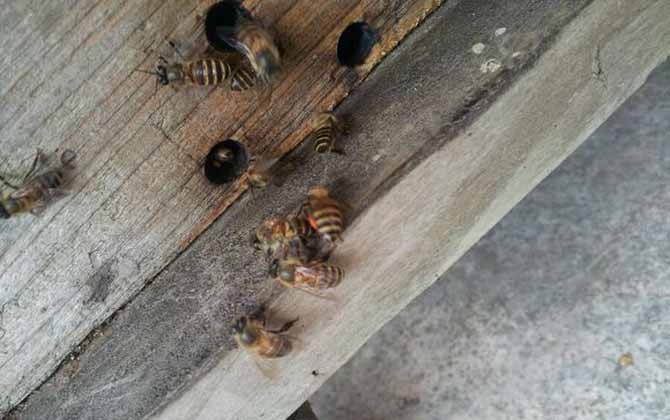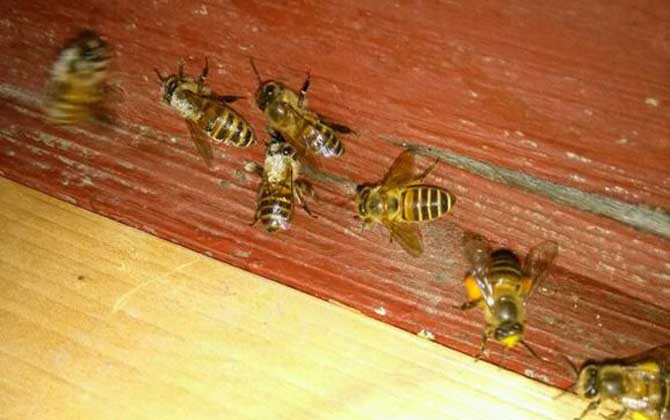Understanding the Causes of Juvenile Bee Mortality Outside the Hive
What Are Juvenile Bees?
Juvenile bees, typically referring to worker bees aged 1-8 days after emergence, primarily engage in hive maintenance tasks. At 3 days old, they perform duties like temperature regulation, hive ventilation, and cell cleaning. By day 4, they begin honey processing, feeding older larvae, and undertaking orientation flights. Below we explore why juvenile bees sometimes crawl out of hives and die prematurely.

Primary Causes of Premature Mortality
1. Nutritional Deficiencies
Key factors:
- Insufficient food supply during colony expansion phases
- Monotonous diet lacking essential nutrients
- Developmental impairments from poor larval nutrition
Consequences: Weak physical constitution, incomplete development, and early mortality post-emergence.
Solutions: Implement supplemental feeding with balanced nutrition (pollen patties, sugar syrup mixtures) and diversify food sources.

2. Temperature Stress
Heat-related issues:
- High-temperature wing deformity (>39℃/102℉)
- Fatal first-flight failures due to curled wings
Cold-related issues:
- Low-temperature wing softening (sudden temperature drops)
- Impaired flight capability and hypothermia
Management: Maintain optimal hive temperature (32-35℃/90-95℉) through proper ventilation, shade provision, and insulation measures.

3. Colony-Substrate Imbalance
Critical concepts:
- Ideal ratio: Bee population exceeds comb capacity
- Acceptable range: Balanced bee-to-comb ratio
- Danger zone: Chronic bee deficiency relative to comb space
Impacts: Reduced nursing capacity → inadequate brood care → developmental abnormalities.
Prevention: Regular hive inspections, timely comb removal/addition, and maintaining strong colony populations.

4. Pathogen and Pest Infestations
Major threats:
- Diseases: Sacbrood (Black Bee Disease), Nosemiasis, Chalkbrood
- Parasites: Varroa mites, Wax moths (Galleria mellonella)
- Toxic exposures: Pesticide contamination, poisonous nectar sources
Symptoms: Abnormal crawling behavior, disorientation, wing deformities.
Control measures:
- Implement integrated pest management (IPM) strategies
- Conduct regular hive health inspections
- Use approved miticides and fungicides
- Establish pesticide buffer zones around apiaries
Additional Considerations
Beekeepers should monitor for:
– Genetic weaknesses in queen lines
– Water source contamination
– Hive positioning (avoid excessive sun exposure/wind tunnels)
– Seasonal management adjustments
Proactive hive management and timely intervention can significantly reduce juvenile bee mortality rates, ensuring colony vitality and productivity.